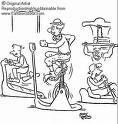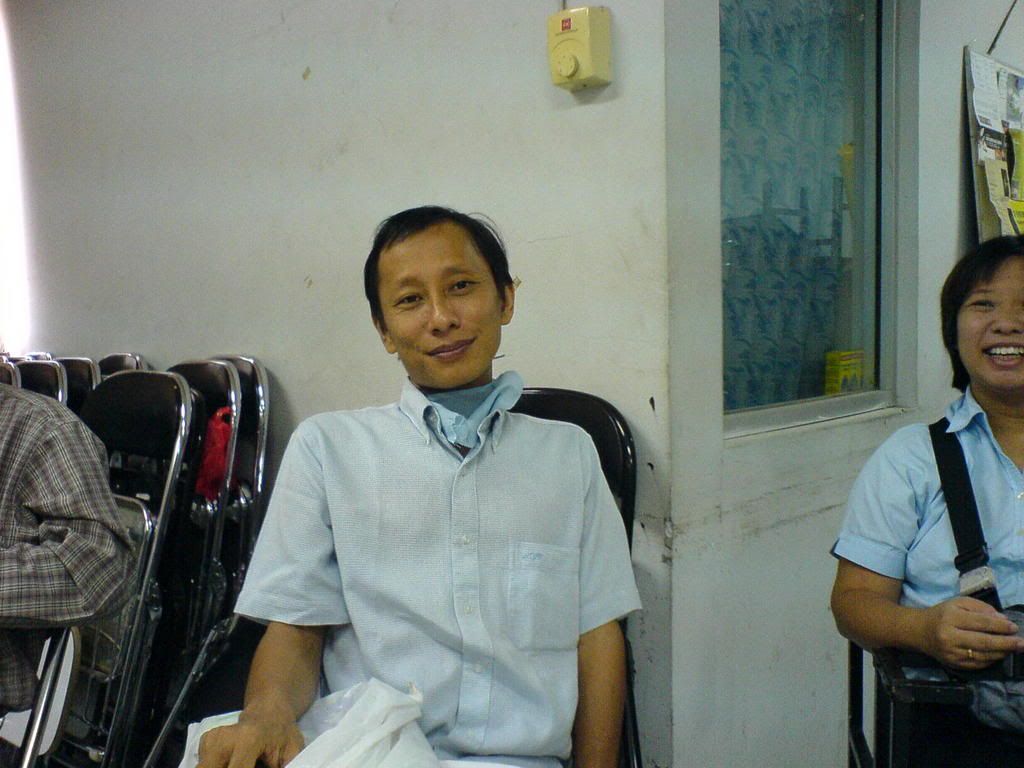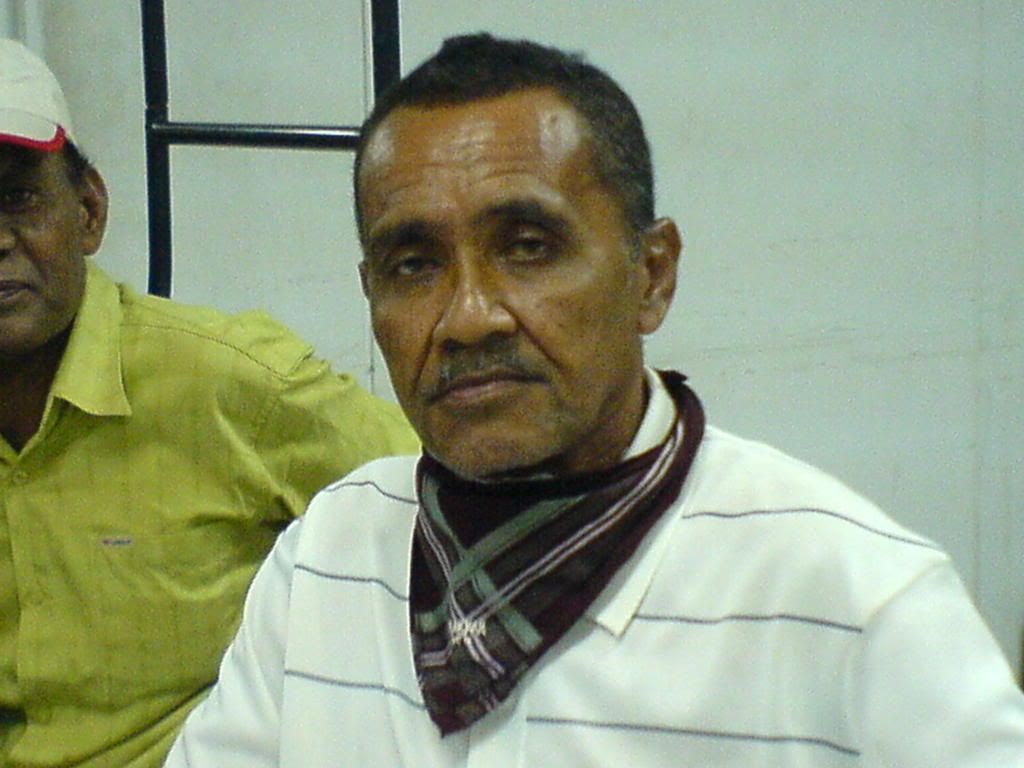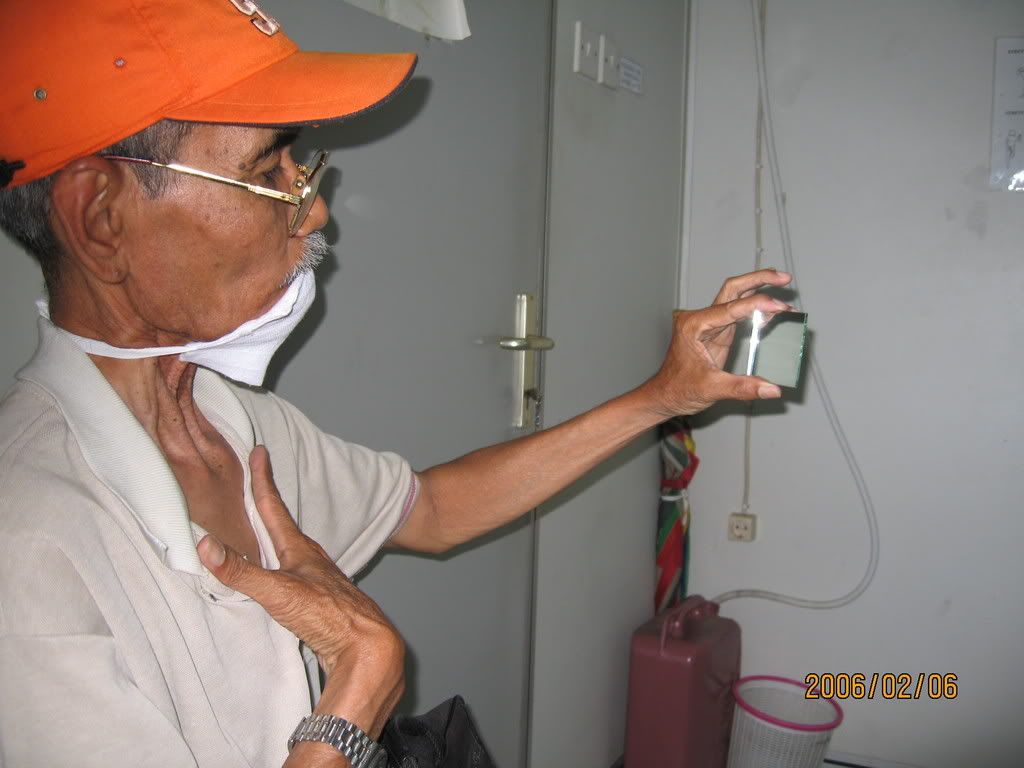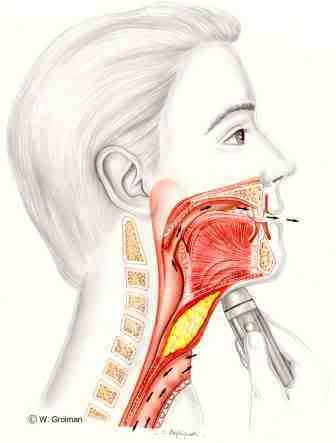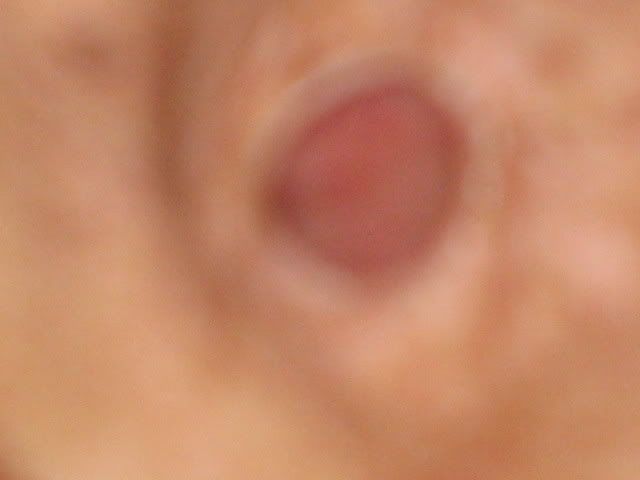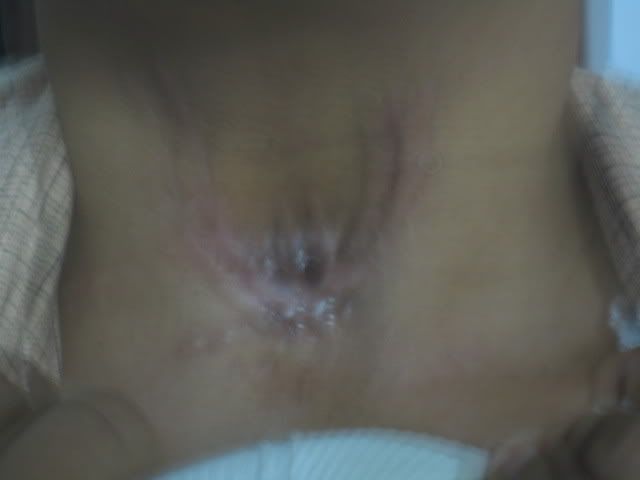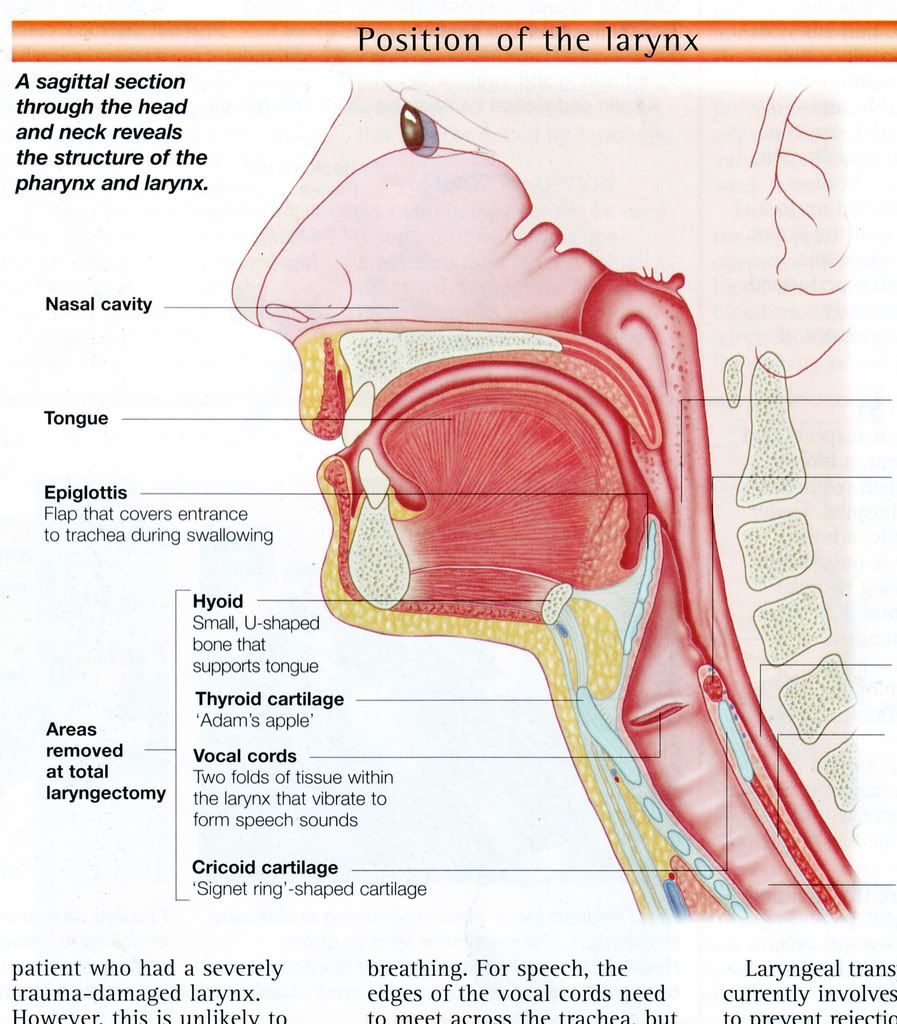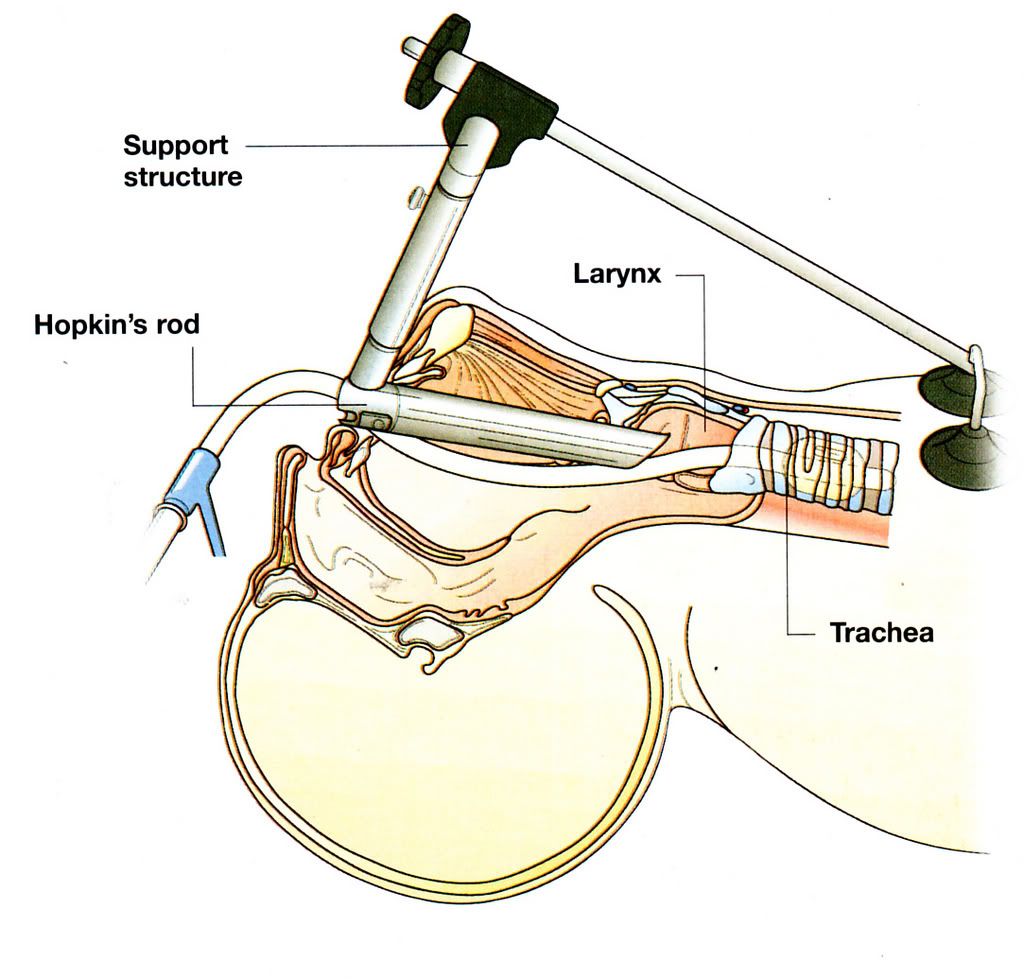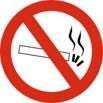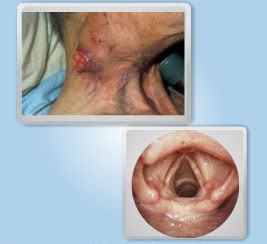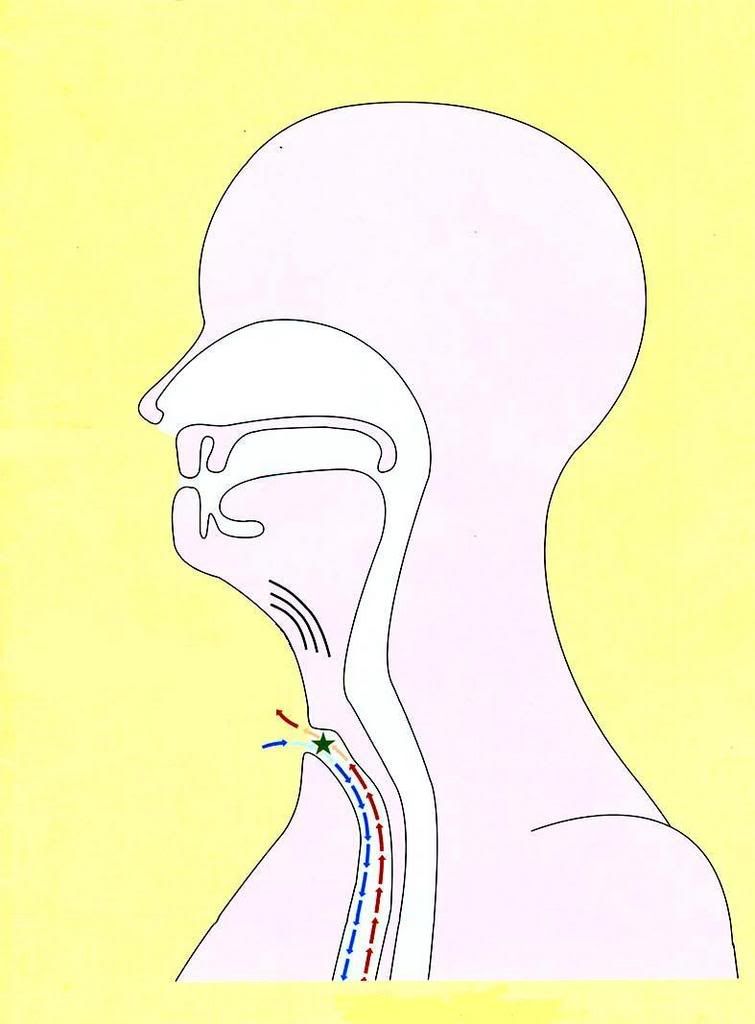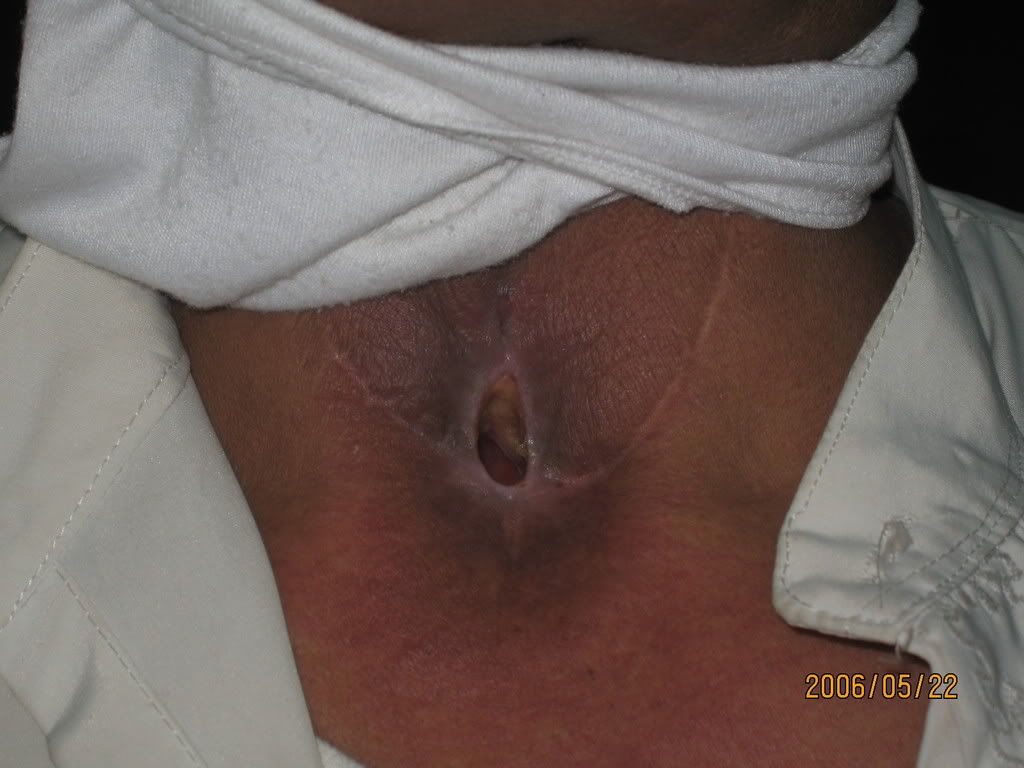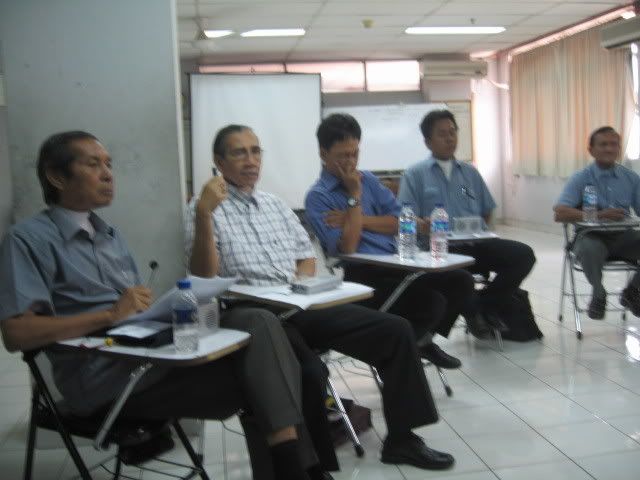Larynx

Normal

Cancer
Mr Karoon said:

Never give in life
After 2 -3 days of surgical larynx operation, they will feel painful, weary and exhausted. It is the time of excruciating while they cough, be sucked the phlegm.
After one week the patient can stand up walk and eat . the physical strength will soon regain.
 Reading books , and taking a rest.
Reading books , and taking a rest.
Start recovery from illness
 While staying for convalescence at the hospitals, they should try to walk around the bed, the building, enjoy eating food and drink a lot of water.
While staying for convalescence at the hospitals, they should try to walk around the bed, the building, enjoy eating food and drink a lot of water.
Immediate family
 Families are like beautiful and aromatic flowers that take care of patients beside their bed.
Families are like beautiful and aromatic flowers that take care of patients beside their bed.
Never stay away from the patient.
They send through waves to laryngectomees to regain energy.
Keep off bad temper
 Almost all the laryngectomees always have short have short temper because of the lost of voice. They tend to enrage and ruin the belongings and let off teir emotion against their families.
Almost all the laryngectomees always have short have short temper because of the lost of voice. They tend to enrage and ruin the belongings and let off teir emotion against their families.
Being calm and continue rehabilitation.
 Never feel stress, never become discouraged, will prolong life.
Never feel stress, never become discouraged, will prolong life.
Monitor the cough
Deep breath and keep on swallowing saliva, severe cough will lessen.
In case having tube in stoma, they should hold at the edge of the tubes with the fingers before coughing.

If the tube rub against the bronchial while coughing, it will only trgger more coughing that will worsen the health.
